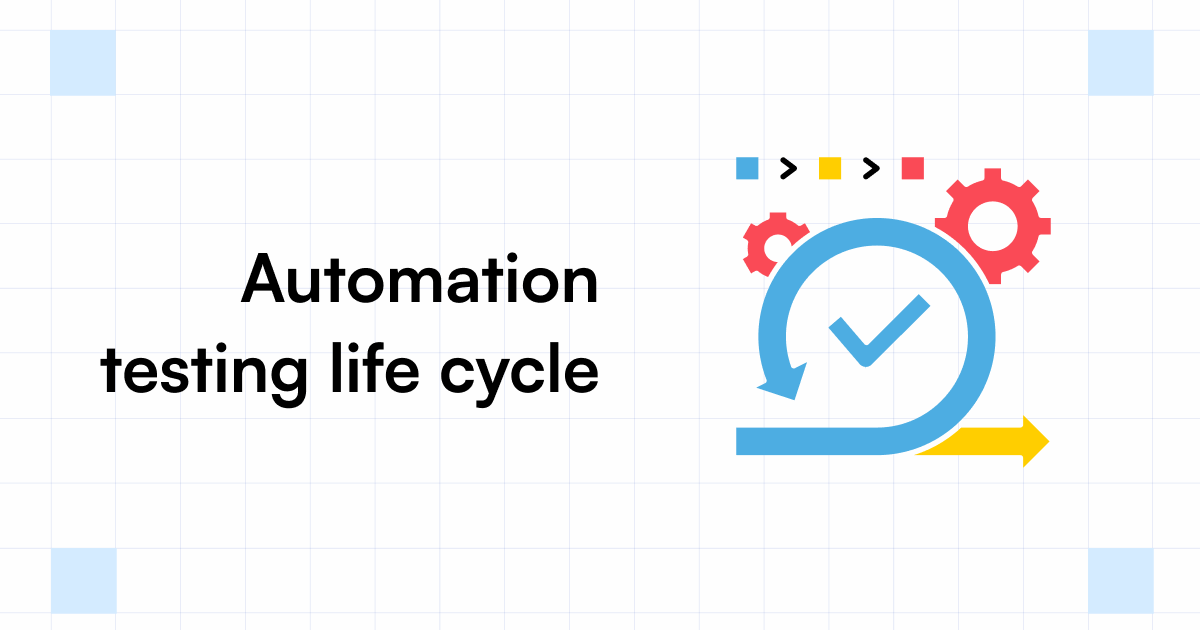Grasping Automation Testing: Devices, Methods, and Advantages
Grasping Automation Testing: Devices, Methods, and Advantages
Blog Article
Ensuring Success in Automation Examining: Key Metrics, Obstacles, and Solutions Every QA Team Should Know
In the realm of software quality control, the landscape of automation testing is ever-evolving, demanding a precise strategy to ensure seamless operations. Key metrics act as the compass directing QA teams through the substantial surface of test automation, losing light on development and locations for improvement. Difficulties impend huge, commonly casting shadows on the course to success. By understanding these hurdles and implementing efficient services, QA teams can browse through intricacies with finesse. The trip to grasping automation testing is led with subtleties that call for a keen eye for monitoring, analysis, and continuous improvement. automation testing. As the sector thrusts onward, the mission for optimum performance in automation screening remains a constant pursuit, prompting QA teams to equip themselves with the understanding and strategies essential for triumph.
Importance of Secret Metrics
Comprehending the relevance of vital metrics is essential for assessing the efficiency and performance of automation screening procedures. Key metrics function as measurable actions that provide useful insights into various aspects of the testing process, such as test coverage, examination implementation time, problem density, and examination instance effectiveness. By examining these metrics, QA teams can identify bottlenecks, ineffectiveness, and areas for enhancement within their automation screening framework.
One crucial facet of crucial metrics is their capacity to track development and keep an eye on the overall health and wellness of the screening process (automation testing). They make it possible for stakeholders to make informed choices based upon data-driven understandings, which can result in a lot more effective testing methods and much better resource appropriation. In addition, crucial metrics can assist groups set sensible goals, determine the success of automation efforts, and show the ROI of automation testing efforts

Common Difficulties Encountered
Difficulties frequently come across in automation testing processes can substantially affect the total effectiveness and efficiency of QA groups. Among the major challenges is the option of the appropriate test instances for automation. Not all test instances appropriate for automation, and picking the incorrect ones can bring about thrown away time and sources. Additionally, keeping test scripts can be a complicated job, particularly as the application goes through frequent modifications. Examination manuscript maintenance requires continuous updates and modifications to guarantee they reflect the present functionality properly. An additional usual obstacle is the initial financial investment required for establishing up automation frameworks and devices. This can be a barrier for some companies, specifically smaller sized ones with limited spending plans. Automation screening might not cover all aspects of screening, such as usability and individual experience screening, which still call for manual intervention. Getting rid of these difficulties needs correct planning, critical examination case option, robust upkeep processes, appropriate sources, and a clear understanding of the restrictions of automation testing.
Efficient Solutions for Obstacles
To resolve the obstacles encountered in automation screening, carrying out effective services is essential for enhancing the effectiveness and efficiency of QA teams. One vital solution is to spend in durable training programs for QA teams to ensure they have the necessary abilities to successfully use automation devices. Training can connect knowledge voids, enhance understanding of automation frameworks, and enhance scripting abilities, eventually leading to extra efficient examination creation and implementation.
Another important remedy is to develop clear communication channels within the QA team and with various other stakeholders, such as designers and job managers. Efficient interaction helps in straightening assumptions, sharing progression updates, and quickly addressing problems or obstacles that might emerge throughout the automation screening procedure.

Tracking and Analysis Methods
Applying efficient tracking and analysis methods is critical for guaranteeing the success and effectiveness of automation screening procedures. In addition, analyzing test outcomes and metrics supplies beneficial insights into the high quality of the software being evaluated and the efficiency of the screening method.
One secret method in monitoring and evaluation is using dashboards that combine appropriate metrics and KPIs in a visually available style. These control panels offer a comprehensive summary of test execution condition, test protection, problem trends, and other vital details. Regularly examining and analyzing these control panels can help QA teams make educated choices, prioritize tasks, and optimize screening efforts.
In addition, implementing automated informs and alerts based upon predefined thresholds can boost aggressive monitoring and prompt intervention. By establishing signals for performance deviations or examination failings, groups can resolve issues quickly and avoid them from rising. On the whole, monitoring and analysis techniques play an important role in making sure the effectiveness and success of automation testing campaigns.
Continuous Enhancement Methods
Enhancing the efficacy of automation screening processes necessitates the constant improvement of methodologies and methods. One essential technique to improving automation screening procedures is to conduct routine evaluations and retrospectives.

Conclusion
To conclude, it is important for QA teams to recognize the crucial metrics, difficulties, and solutions in automation screening to make certain success. By meticulously checking and examining information, executing effective remedies to typical challenges, and constantly boosting approaches, QA teams can optimize their testing processes and supply top notch software. Complying with these techniques will eventually result in more efficient and efficient automation testing practices.
By examining these metrics, QA teams can determine bottlenecks, ineffectiveness, and areas for enhancement within their automation screening framework.
Furthermore, essential metrics can help teams established realistic goals, gauge the success of automation efforts, and demonstrate the ROI of automation screening initiatives.
Difficulties generally encountered in automation testing processes can dramatically influence the overall efficiency and performance of QA teams. Automation testing may not cover all elements Web Site of testing, such as use and user experience screening, which still call for hand-operated treatment.In final thought, it is important for QA teams to comprehend the essential metrics, difficulties, and remedies in automation screening to ensure success.
Report this page